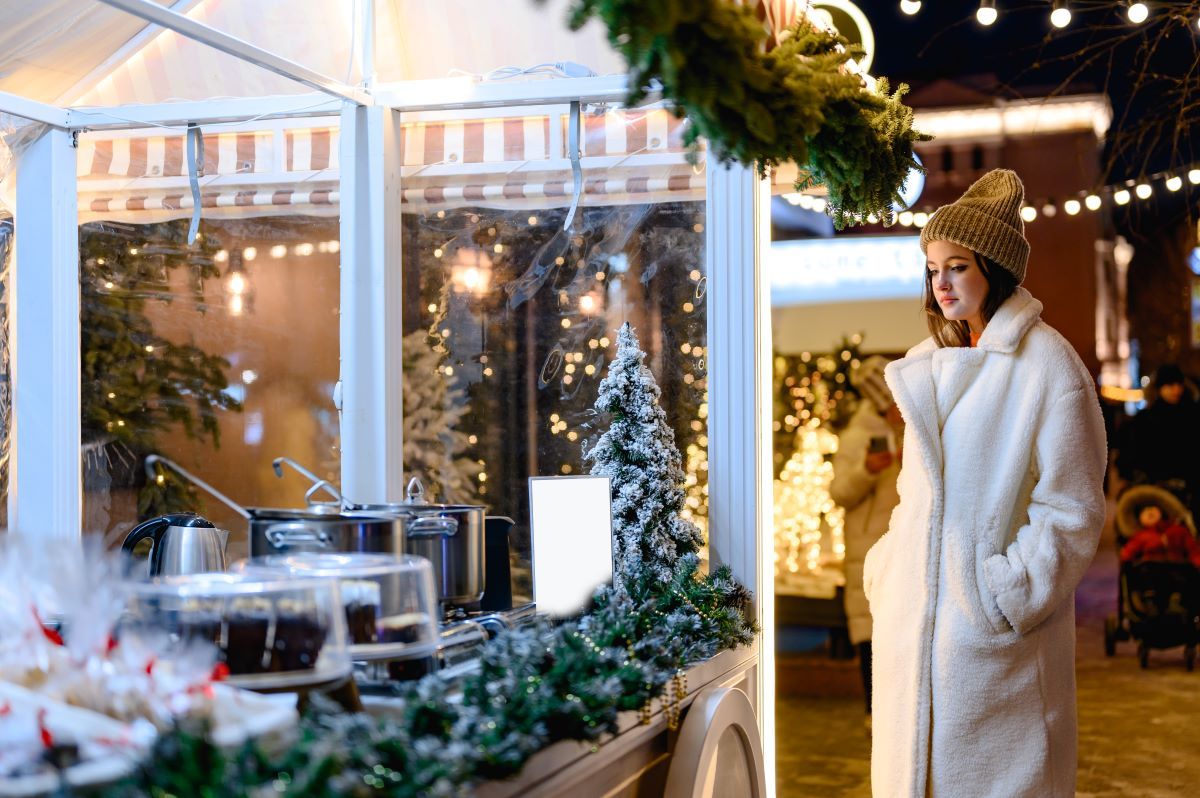- +1 512-591-8295
- [email protected]
- Mon - Fri: 9:00 - 16:00

A well-organized and visually appealing booth draws customers in and encourages them to browse and buy. First impressions matter, and an eye-catching display helps make a strong one.
Keep in mind that your display will likely always be a work in progress. Even after you find the ![]() sweet spot that really seems to work, you’ll still need to tweak now and then as you rotate stock. (Hey I’ve just started mine and don’t even have all of the exact display stands that I want! Work in progress!)
sweet spot that really seems to work, you’ll still need to tweak now and then as you rotate stock. (Hey I’ve just started mine and don’t even have all of the exact display stands that I want! Work in progress!)
We all easily fall into the trap of thinking ‘if I simply have more stuff, that will mean more sales’. But that isn’t always (and I would argue is rarely) the case.
As discussed in “Made to Stick”, by Chip and Dan Heath (one of several authors whose books I always buy) when customers have *fewer* choices, they are *more likely* to make a decision. I’ll share some of the statistics at the bottom here for anyone interested.
To apply this, try limiting ![]() the number of different options on display, or in a broader sense the number of types of items or categories, to no more than three or four. This will help customers focus and make it easier for them to choose something rather than walking away without buying. Yes it’s not always possible, yet it’s a great exercise in forcing you to think strategically about what you carry and how it’s displayed, even if you end up with more.
the number of different options on display, or in a broader sense the number of types of items or categories, to no more than three or four. This will help customers focus and make it easier for them to choose something rather than walking away without buying. Yes it’s not always possible, yet it’s a great exercise in forcing you to think strategically about what you carry and how it’s displayed, even if you end up with more.
* Does my booth stand out from others around it?
* Are my products easy to see individually and as groupings, and easy to access?
* Does the layout guide customers to the key items I want to highlight – the things I actually want them to buy (ie bigger profit margin)?
* Focus on clear organization: group similar items together to help avoid feeling of clutter.
* Use levels: place products at different heights with shelves, risers, or hanging displays to catch the eye.
* Keep the space clean and inviting, ensuring there’s room for customers to walk through comfortably.
Research on “decision overload” provides some concrete statistics about how the number of choices affects decision-making. A study by Shah and Wolford found that when participants were presented with:
* Two options, about 46% of participants made a choice.
* Three options, the choice rate was around 40%.
* Four options or more, the likelihood of making a decision dropped significantly, with only about 30% or less choosing *any* option. The likelihood of them making any choice continues to decrease with each additional choice option.
They discuss a study where college students were given choices:
1. Attend a lecture by an author you admire, who is visiting just for this evening, or
2. Go to the library and study.
The researchers were trying to get them to choose *something other than studying*, similar to how our goal would be to get people to buy. So in the example, think of studying as “walking away from your booth without buying”.
Studying doesn’t look so attractive compared with a once in a lifetime lecture. When this choice of two options was given to actual college students, only 21% decided to study (meaning 79% “bought”).
Next they tested three choices (two that we want for this purpose – anything other than study):
1. Attend the lecture.
2. Go to the library and study.
3. Watch a foreign film that you’ve been wanting to see.
Remarkably, when a different group of students were given three choices, 40% decided to study (so 60% “bought”). Giving students *more* alternatives to studying rather than only one, paradoxically makes them *less likely* to choose either of the options we were going for.
Giving people more seemingly good options (buying something cool) makes them more likely to choose the blah option (walking away without buying anything).
Read More Marketing Tips for Retail Vendors
Marketing Podcast
Get solid marketing strategies, designed for entrepreneurs on the track to 7-figures and beyond, right in your inbox.

This website uses cookies to ensure you get the best experience on our website. By continuing to use the website, you agree to our use of cookies. We do not share or sell your information. More info
